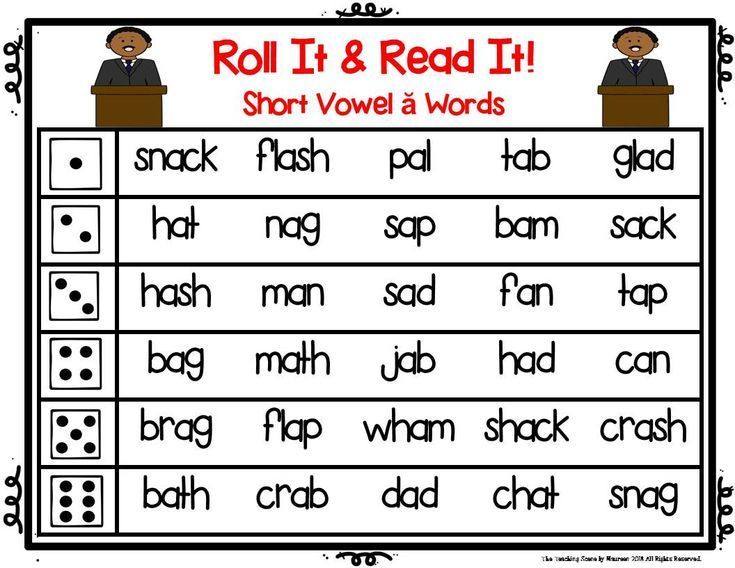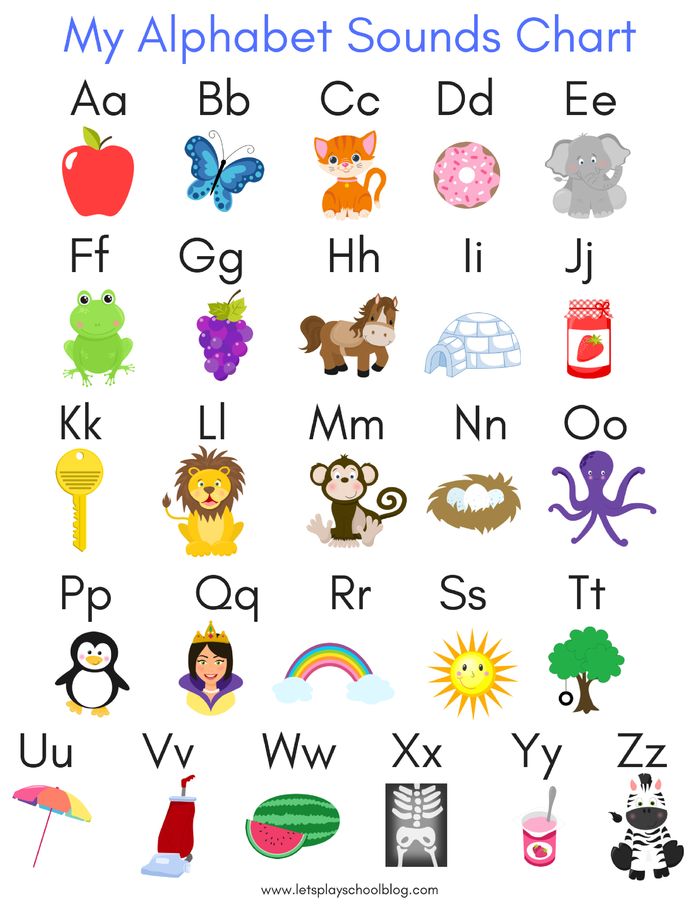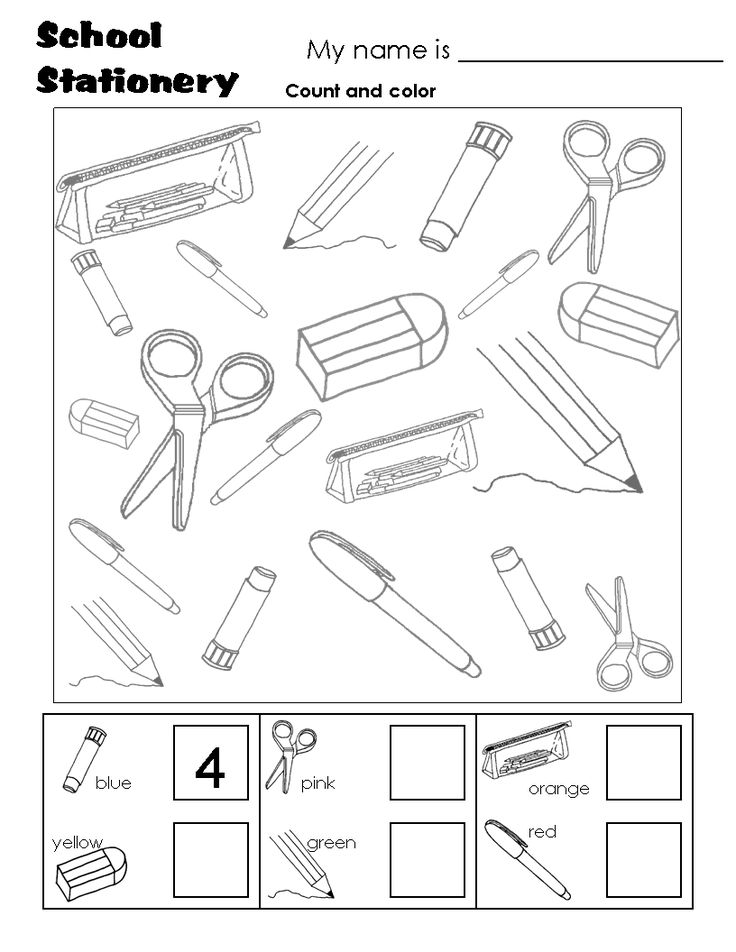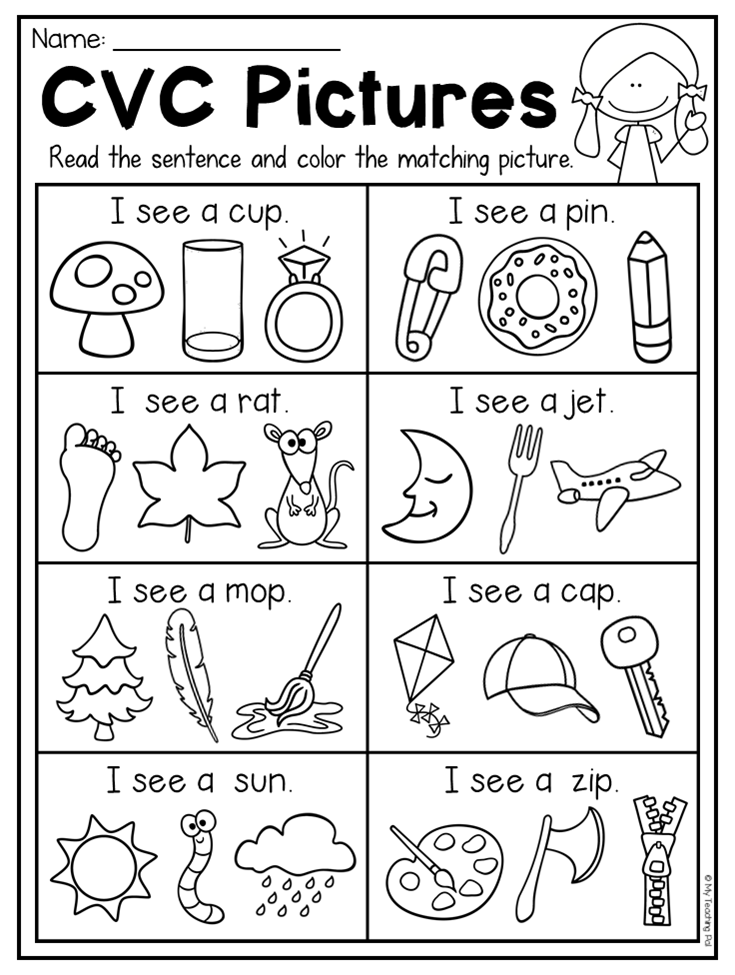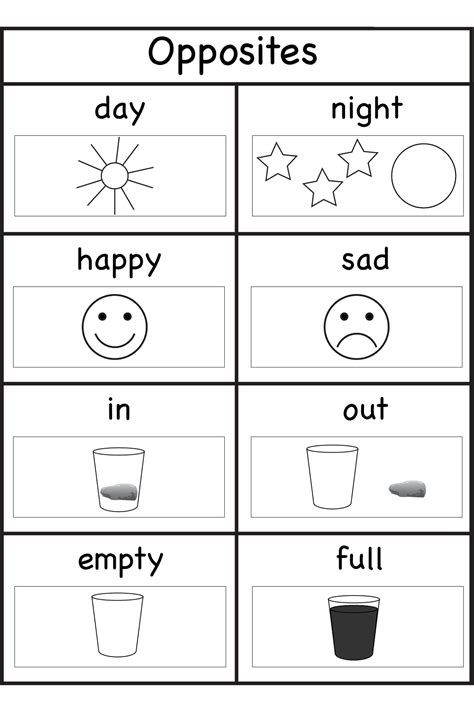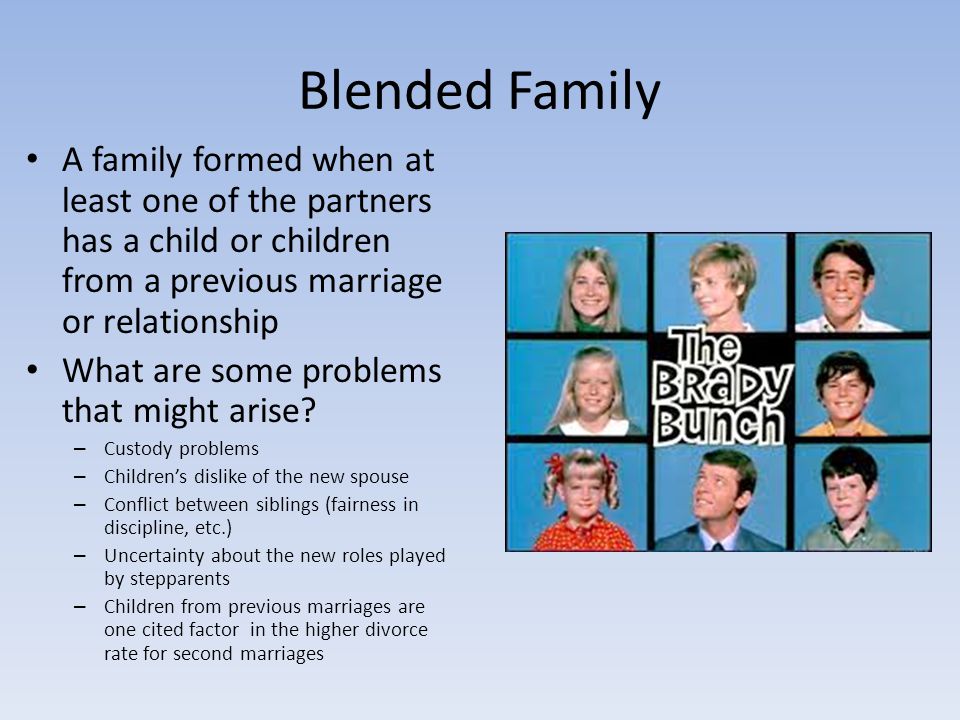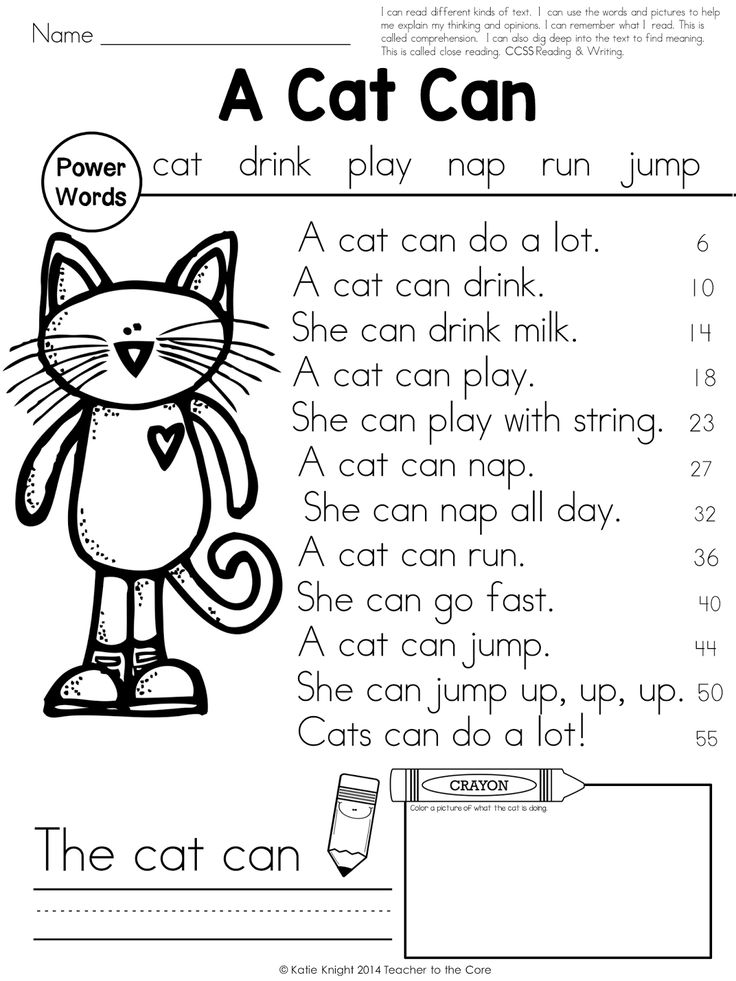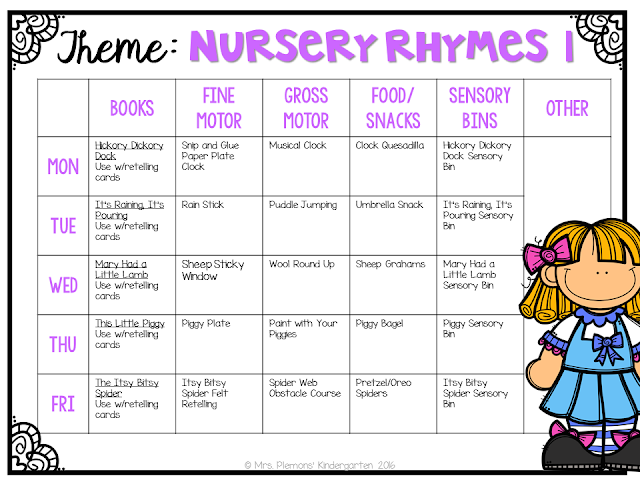Activities for short vowels
Fun and Quick Short Vowel Activities
Short vowel sounds tend to be fairly difficult for students to learn. They may have trouble distinguishing some of the sounds, such as ‘i’ and ‘e.’ This means they need lots of practice, using fun and quick short vowel activities for listening and also for reading.
When students start out with a weakness in the discrimination of vowel sounds, it follows that their spelling will suffer. And until they can master these sounds they will unfortunately struggle with reading across all grade levels.
Easy Short Vowel Activities
Teaching with visual and kinesthetic activities are effective ways to help your students with short vowels sounds.
Sand WritingPrepare this activity well in advance by starting a collection – a pack of paper plates is probably cheapest, but you can use anything you have spare – sand trays don’t need to be pretty! Add salt or sand – colored sand is always great fun! Just pour some sand onto your chosen objects for each of your students.
Then say a short vowel sound, or a word containing that sound. Students can then write the letter in the sand while saying the sound and/or letter name. Another option for sand writing is to use the free Sand Draw app! Definitely less messy! Add magnetic letters for those students who still require some help with letter formation.
This simple but effective activity is a quick way for students to practice distinguishing short vowel sounds. You will need some picture cards. Have students work with no more than 2 or 3 sounds at a time. They can sort the pictures into columns or rows based on the vowel sound. They should then name each picture and say the vowel sound aloud.
Short Vowel Craft Stick ‘Puppets’These are super fun to make! Every classroom usually has loads of these lying around in boxes somewhere! Perfect for craft, but also perfect to make fun short vowel ‘puppets’ – students just love them! If you don’t have any, they can be bought cheaply from Amazon.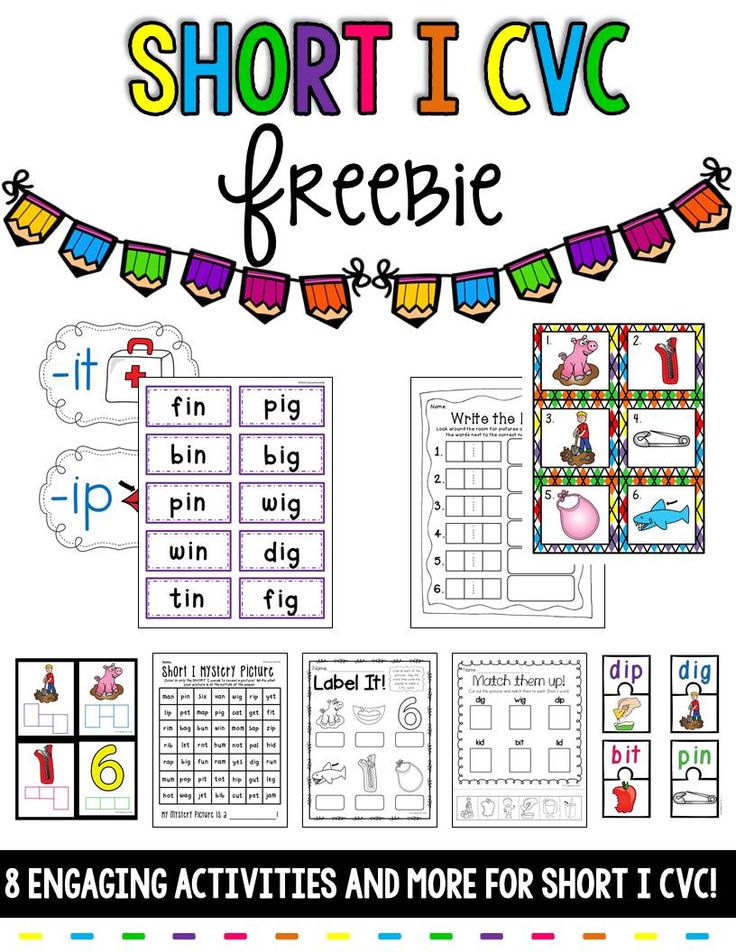 I use the giant craft sticks, as these are less fiddly for little hands. This pack of 500 is a great deal with a 43% discount (affiliate). The teacher should say a word, students repeat the word, identify the short vowel sound and hold the correct ‘puppet’ aloft. Begin by asking them to say the sound as they hold up their puppets, but this could also be extended to the letter name and sound. Example: A says /a/
I use the giant craft sticks, as these are less fiddly for little hands. This pack of 500 is a great deal with a 43% discount (affiliate). The teacher should say a word, students repeat the word, identify the short vowel sound and hold the correct ‘puppet’ aloft. Begin by asking them to say the sound as they hold up their puppets, but this could also be extended to the letter name and sound. Example: A says /a/
When completing these sorts of activities, students can often appear to be successful, but it is important to remember that the real test comes when they actually begin to apply their learning in the context of reading ‘real’ texts. However, many students may require a transition stage, where they practice fluency first. Fluency strips are the perfect solution! They read a strip full of words, where the short vowel changes with each word. Students are required to pay very close attention to the changes.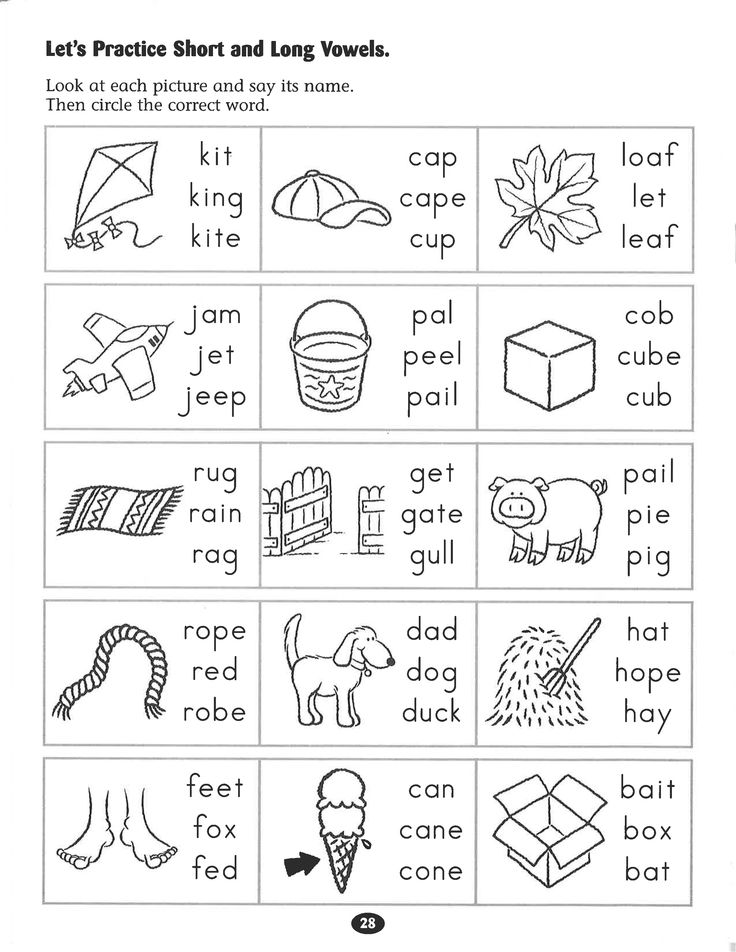 This type of activity is great for transitioning to ‘real text’. They are also useful in small group work, where students can demonstrate the progress they are making with accuracy and pace.
This type of activity is great for transitioning to ‘real text’. They are also useful in small group work, where students can demonstrate the progress they are making with accuracy and pace.
extension game
Short ChunksUse letter cards or magnetic letters to make word chunks with the vowel sounds. For example, you can chunk ‘a’ and ‘m’ together to make -am. Then brainstorm to make as many words as you can out of that chunk, such as ‘ham’ or ‘ram.’ There are so many variations of short chunks in this activity that you may want to do a quick 5 minutes in the morning or before dismissal. I have also completed this activity in teams, with a timer – rewards for winners should be made clear beforehand!
Incorporating CVC practice all year long, in as many ways as possible, will set your students on the road to being good readers. How do you practice short vowel sounds?
you may also be interested in reading:
- Fun Ways To Teach CVC Words
- Ideas for Teaching Digraphs
cvc resources you may wish to explore:
CVC Words Cut and Glue Worksheets | Short Vowels | Word Families
CVC Words | Small Group or Center Activities | Real and Nonsense Words
CVC Words Class Games | Bingo | Write The Room | Follow Me
CVC Words Center | Write and Wipe Cards | Word Work Activity
CVC Words Family Houses
CVC Words Family Houses Activity Worksheets
CVC Words | Word Families | Worksheets Games and Center Activities | BUNDLE
5 Easy Short Vowel Activities to Make Your Phonics Lesson POP! -
Let’s chat about 5 easy short vowel activities that will pop in your classroom.
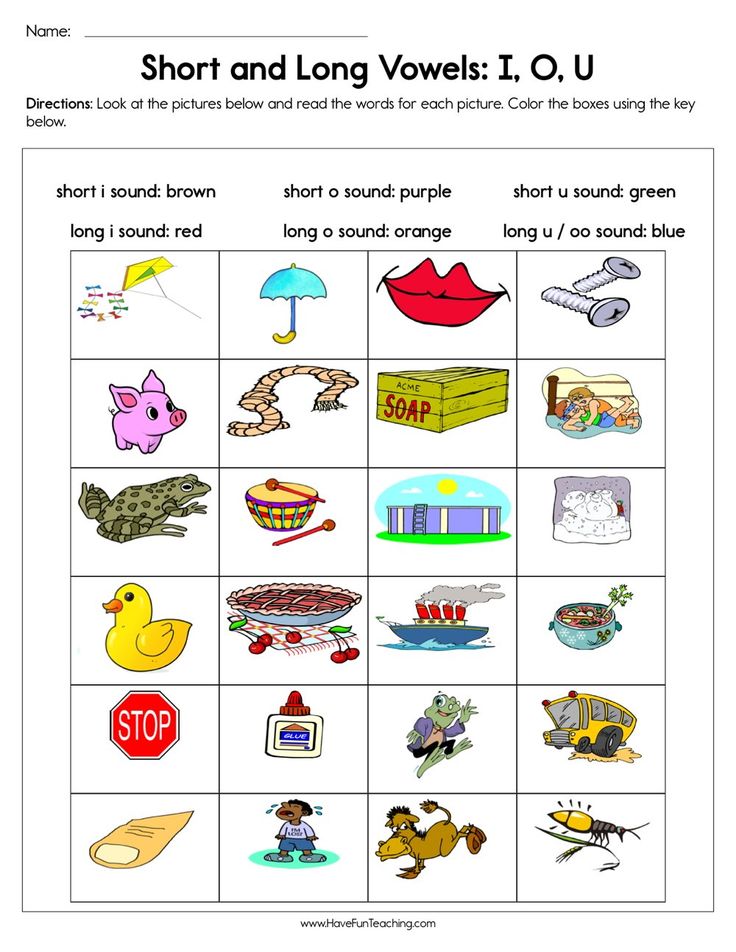 I know sometimes these short vowel lessons can get a little boring in the classroom. Do you ever get bored teaching short vowel lessons?
I know sometimes these short vowel lessons can get a little boring in the classroom. Do you ever get bored teaching short vowel lessons?We’ve talked about teaching phonics explicitly during reading instruction…it’s important!
What is the Difference Between Short Vowels and Long Vowels?
After reading the article from Classroom, they sum it well, “As the name would imply, short vowels have a much shorter pronunciation than long vowel sounds.”
Short vowels will make a shorter sound, whereas long vowels have a longer sound, saying the vowels’ exact name. Long vowel sounds allow the speaker to move their mouth from a closed position to an open one.
When dealing with short vowels, it will be 1 vowel closed in by a consonant or consonants. Examples: man, wet, fish, tub, moth
Long vowels have many more complicated spelling patterns. There are vowel teams, the magic e, open syllables, and more!
What are the Short Vowels?
As Classroom states, “Short vowels produce only one sound and do not require the speaker to open his mouth very wide.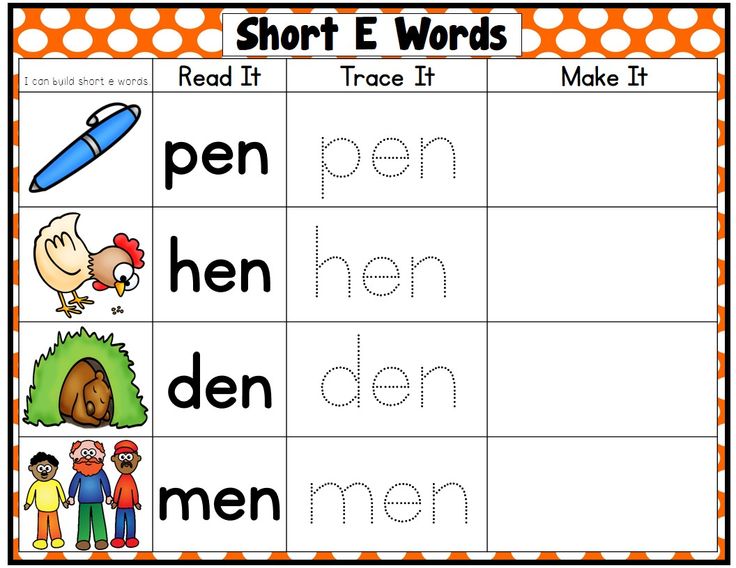 The speaker’s jaw is relaxed and barely moves during the production of short vowel sounds. The speaker’s tongue is placed in different positions but is also usually relaxed. Short vowels can occur in stressed syllables, such as “o” in offer, or unstressed syllables, like the first “o” in tomato.”
The speaker’s jaw is relaxed and barely moves during the production of short vowel sounds. The speaker’s tongue is placed in different positions but is also usually relaxed. Short vowels can occur in stressed syllables, such as “o” in offer, or unstressed syllables, like the first “o” in tomato.”
As a former first-grade teacher and current reading specialist, I like to start the school year off by teaching the short vowel sounds. What are the short vowels? A, E, I, O, and U!
The vowels are closed in by a consonant or consonants to make the short vowel sound. Watch this video on my Instagram to see it in action! Read more to learn more about the 5 Easy Short Vowel Activities!
5 Easy Ways to Teach Short Vowels
Using a sand tray to practice letters and perfect to practice short vowels. An example of using a vowel intensive drill to practice short vowel sounds. Using a house to practice open and closed syllables.Let’s discuss 5 easy short vowel activities! These 5 ideas will help the students grasp the concept of short vowels while having fun!
- Add Movement! When you teach the short vowel sounds, incorporate a movement for each sound.
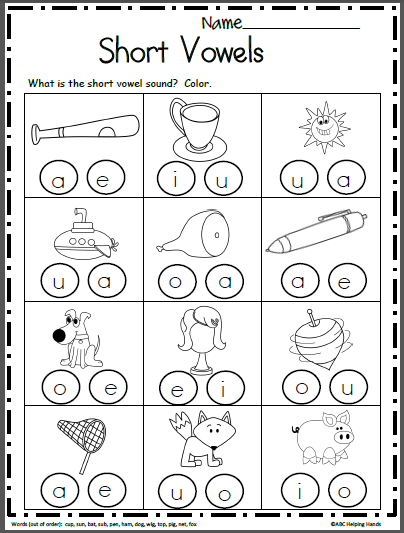 For example, for the short a sound…students can place their hand under their chin to feel the movement. Multi-sensory techniques will help make more brain connections as the students these short vowel sounds.
For example, for the short a sound…students can place their hand under their chin to feel the movement. Multi-sensory techniques will help make more brain connections as the students these short vowel sounds. - Closed Syllable Houses! Have the students make a little house with a door. Cut the door so it opens and closes. Laminate to reuse! Write CVC words onto the house to show how the consonant closes in the vowel and makes the vowel. This post will explain more about open and closed syllables! Here is my Instagram Reel that shows closed syllables in action.
- Sand Trays! Pour sensory sand or play sand onto a tray or plate. The teacher will say a sound, the students will write the corresponding vowel into the sand. Step it up by having the teacher say a word, the students will write the vowel into the sand.
- Vowel Intensive Drill: In Orton Gillingham, a wonderful way to practice the short vowel sounds is the vowel intensive drill.
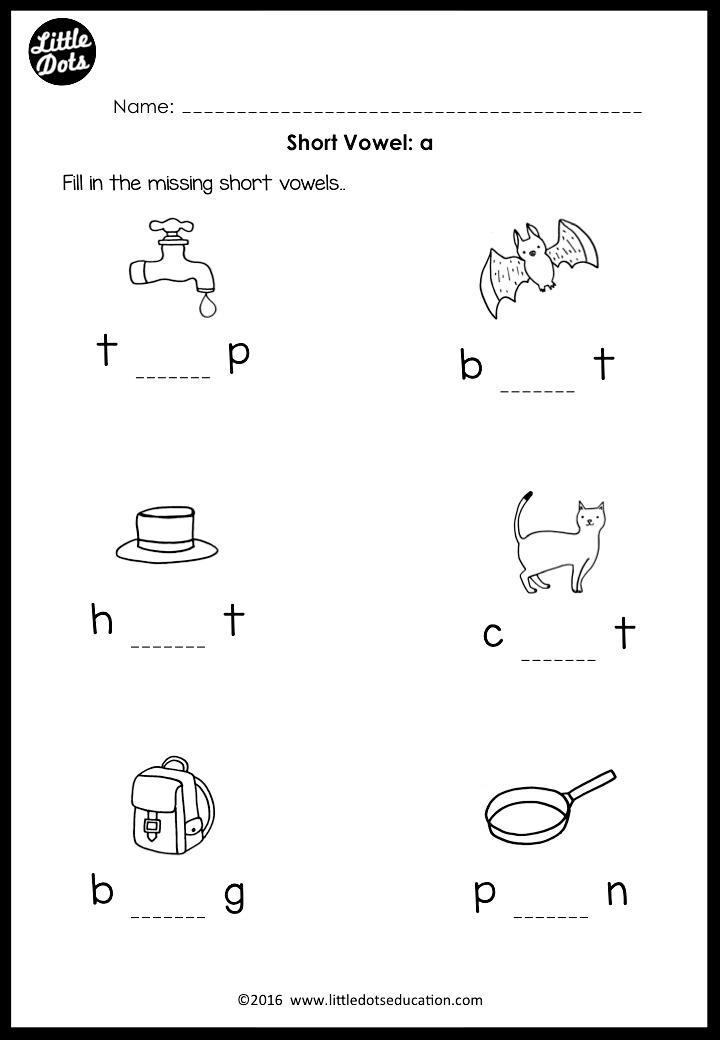 Each student will have the 5 vowels on separate notecards, in a little tent. See the photo below! The teacher will say a short vowel sound, the students will hold up the corresponding card. For example, if the teacher will say /ă/, the students will hold up the card. The students love this practice and it is a perfect multi-sensory activity.
Each student will have the 5 vowels on separate notecards, in a little tent. See the photo below! The teacher will say a short vowel sound, the students will hold up the corresponding card. For example, if the teacher will say /ă/, the students will hold up the card. The students love this practice and it is a perfect multi-sensory activity. - Use Visuals! Try out my teaching slideshow, “We Love Short Vowels”. It provides example words for each short vowel. The students can practice reading many words as they learn all about the short vowels. It also includes corresponding worksheets to practice each short vowel.
I hope you can incorporate some of the 5 Easy Short Vowel Activities in your own classroom.
Can’t I Just Teach Word Families?
Years ago as a teacher, I would begin each school year teaching word families. To begin, I’m not saying word families can’t have a place in the classroom, but it can’t be the only way short vowels are taught. Use word families as a strategy to teach short vowels, but not the ONLY way!
Use word families as a strategy to teach short vowels, but not the ONLY way!
All About Learning Press has an argument against relying solely on word families in your teaching.
“If you stop there—just teaching word lists grouped by word families—you will be severely disappointed in your teaching efforts.
Why? Because if you use word families incorrectly, students may end up just following the “pattern” of that particular lesson, blindly zipping through the spelling words without really learning them. What you intended to be educational and insightful becomes an exercise in following patterns—and the time you spent teaching spelling goes down the drain because your child can’t actually spell those words outside of the neatly organized list.
Another downfall of overemphasizing word families is the risk that your child will pay too much attention to the ends of words, skipping over the first part of the word to get to the answer. Instead, we want the student’s eye to start at the beginning of the word and move to the end of the word.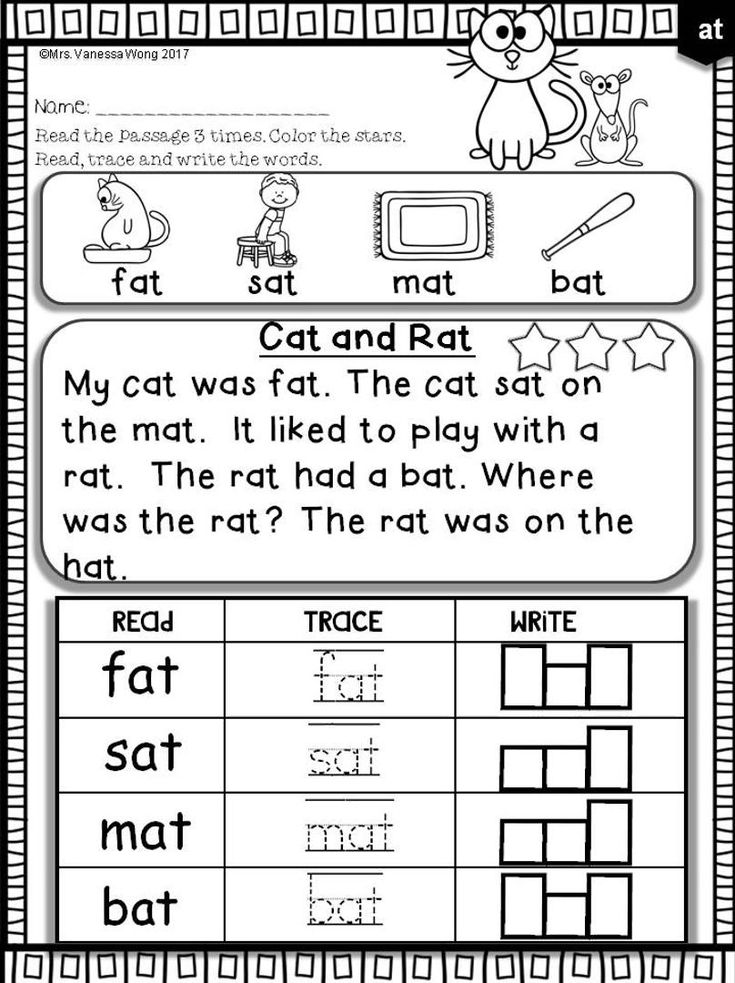 Encouraging his eye to start at the end of the word and then jump back to the beginning of the word is reinforcing incorrect eye movement. We don’t want to reinforce dyslexic tendencies.”
Encouraging his eye to start at the end of the word and then jump back to the beginning of the word is reinforcing incorrect eye movement. We don’t want to reinforce dyslexic tendencies.”
“Use word families as a strategy to teach short vowels, but not the ONLY way!”
-RIndy Roberts, Learning with heart
By teaching the students to look from the beginning of a word to the end of a word, will be beneficial when they come to words with suffixes.
What about the science of reading?
I made a free guide for teachers and parents to make it easy to incorporate the Science of Reading with their students. The research behind the Science of Reading is so intriguing and I wanted to share how I incorporate it daily into my instruction.
I wanted to make it SIMPLE for teachers to make this shift to teaching phonemic and decoding skills explicitly.
Short Vowels & The Science Reading?
The science of reading is key when you are teaching.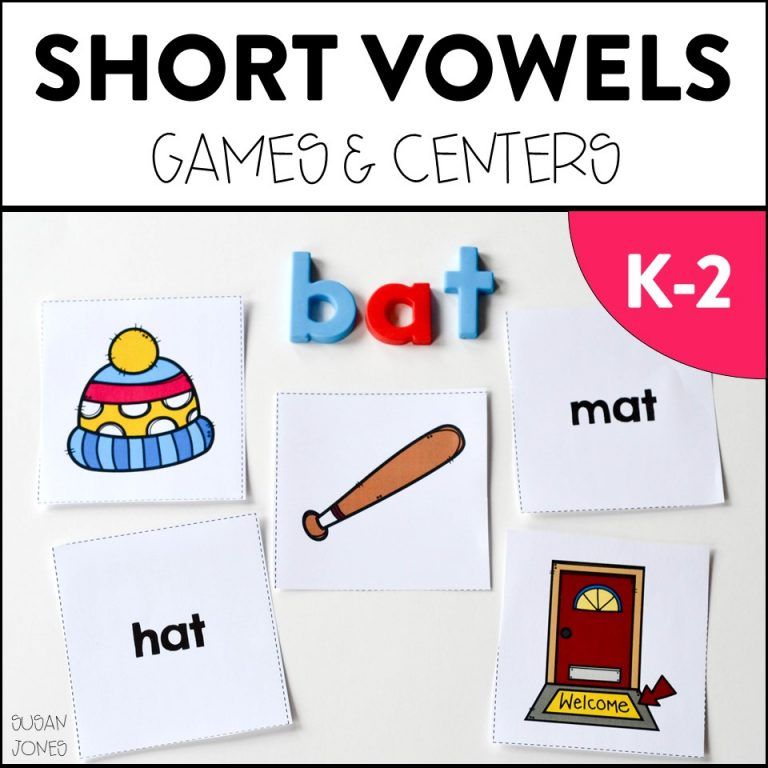 First, based on much research, teaching phonics explicitly will benefit all children. According to Secret Stories, “Decoding is essential to reading. It allows kids to figure out most words they’ve heard but have never seen in print, as well as sound out words they’re not familiar with. The ability to decode is the foundation upon which all other reading instruction—fluency, vocabulary, reading comprehension, etc… are built.”
First, based on much research, teaching phonics explicitly will benefit all children. According to Secret Stories, “Decoding is essential to reading. It allows kids to figure out most words they’ve heard but have never seen in print, as well as sound out words they’re not familiar with. The ability to decode is the foundation upon which all other reading instruction—fluency, vocabulary, reading comprehension, etc… are built.”
“Teaching phonics explicitly will benefit all children.”
The Orton Gillingham approach uses multi-sensory learning techniques to teach decoding, encoding, and blending sounds to build successful readers. Based on the Orton-Gillingham Academy, “The Orton-Gillingham Approach is a direct, explicit, multisensory, structured, sequential, diagnostic, and prescriptive way to teach literacy when reading, writing, and spelling does not come easily to individuals, such as those with dyslexia. It is most properly understood and practiced as an approach, not a method, program, or system.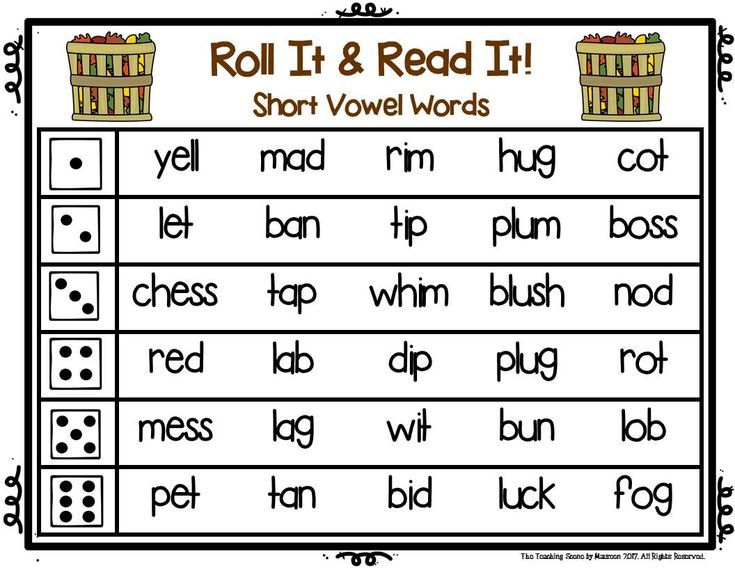 In the hands of a well-trained and experienced instructor, it is a powerful tool of exceptional breadth, depth, and flexibility.”
In the hands of a well-trained and experienced instructor, it is a powerful tool of exceptional breadth, depth, and flexibility.”
I have been using the Orton Gillingham approach in my classroom for 3 years now. By using this multi-sensory learning approach, the students are more likely to grasp and retain what they learn. Read more about why I love Orton Gillingham here!
Orton Gillingham phonics program has made such a difference in my classroom. It is a multi-sensory phonics curriculum. In the first grade curriculum, it builds on the correct letter formation in handwriting and the sounds the letters make.
The Orton-Gillingham Approach is multi-sensory and structured to teach reading, writing, and spelling.
It is commonly used for students with dyslexia, but can be used to help all students feel more confident when they read and write!
Resources to Help With Short Vowels
I have created the “We Love Phonics” program to make it easier for teachers to introduce and teach phonics skills.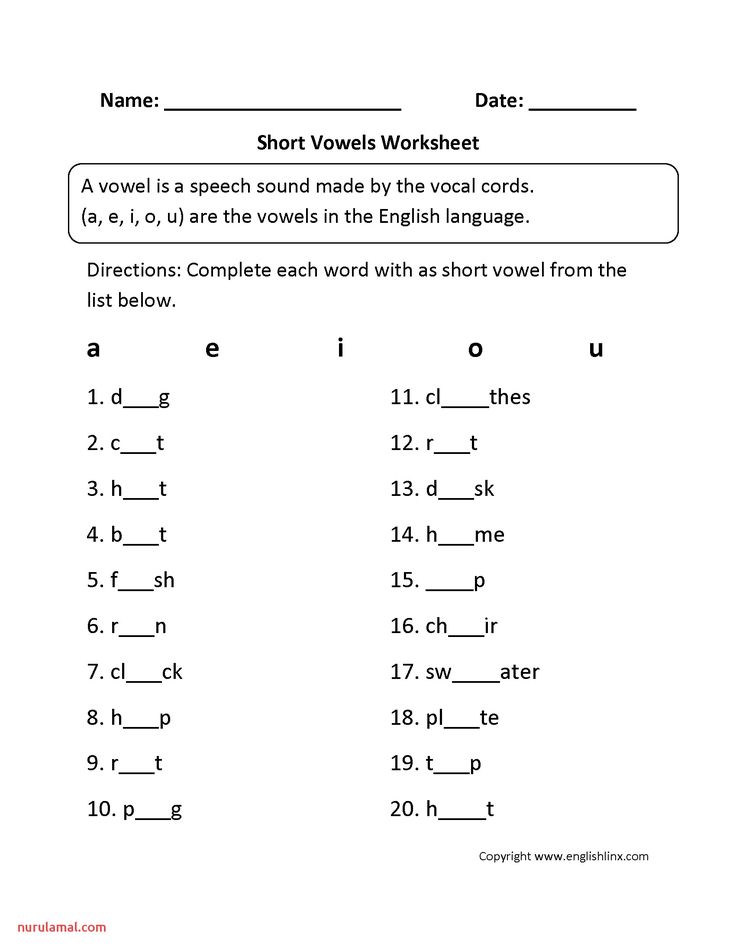 I have created a resource that will guide you for an entire school year, with lesson slideshows and worksheets that correspond to each skill.
I have created a resource that will guide you for an entire school year, with lesson slideshows and worksheets that correspond to each skill.
The short vowel resource will cover all 5 easy short vowel activities. The Open/Closed Syllable resource will explain how to break words into syllables, and the explanation of closed syllables with the short vowel sound. What are your favorite ways to teach short vowels?
This product will help with the steps to distinguish between open and closed syllables.Would you like the FREE Science of Reading Guide? Check out this FREEBIE!
Vowels before and in full and short passive participles. 7 cells
Lesson 31
Topic. Vowels before and in full and short passive participles. 7 cells
Objectives: to consolidate the spelling -н- and -нн- in adjectives and participles, to show the choice of vowels before н in full and short passive participles.
Methodical methods: teacher's explanations, training exercises.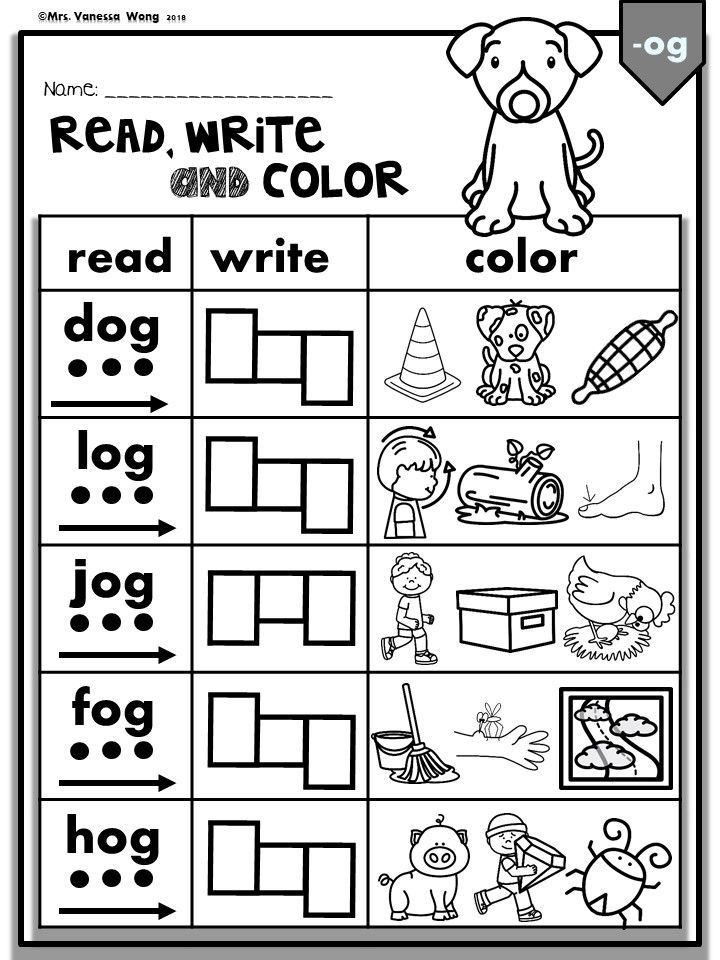
Lesson progress
I. Linguistic warm-up
2. Discussing the question: “What have you learned about the spelling of passive past participles?”
(In short passive past participles, the same vowel is written as in full ones.)
Commentary. We note that the material in this paragraph basically does not carry new information, it only puts emphasis in a different way. We already know that the suffix -nn- is attached to the stems of verbs in -at- (-yat-), and that the suffix -enn- is attached to the stems of verbs in -et, -it.
It may be easier for students to remember that the verbal vowels a, i, e are preserved in participles, and the vowel i changes to e:
wash - washed, solder - soldered, see - seen, but: build - built.
Passive participles cannot contain vowels and suffixes of the past tense at all!
IV. Performing exercises
1. Exercise 111: commented letter; done on the board and in notebooks.
2. Exercise 113: debriefing on the board.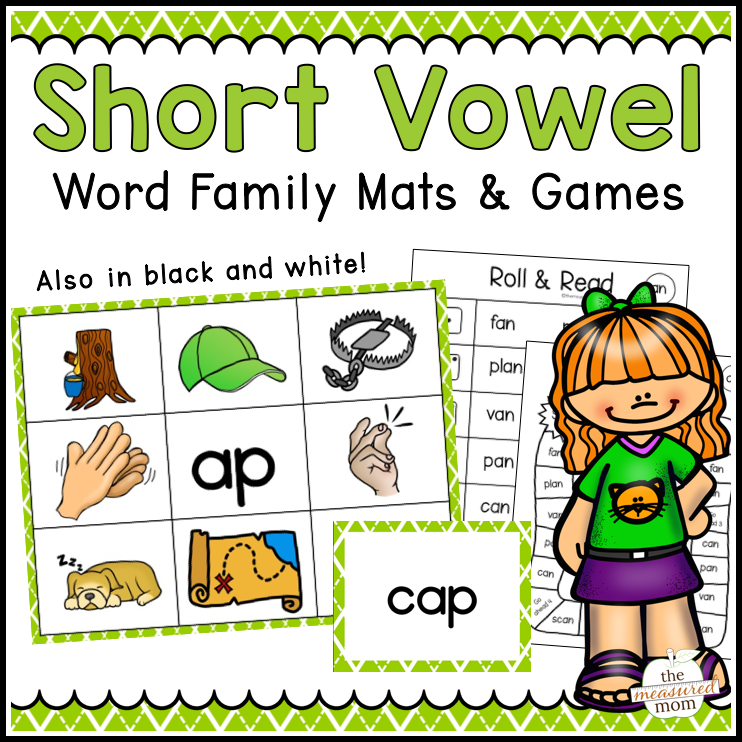
Comment. In this exercise, it is necessary to correctly identify the verbs from which the passive past participles are formed. Let's write them in brackets.
Additional task: to form short participles from the given full passive past participles, make sentences with them, designate the syntactic role of short participles (predicates).
Rolled out wheel from garage (roll out). The wheel is out.
Deflated tire (deflate). The air has been expelled.
Kneaded dough (knead). The dough is mixed.
A person involved in a crime (mix up). The man is involved in a crime.
Curtained window (curtain). The window is curtained.
Hanging pictures (hang up). Pictures are hung.
Hinged door (hang). The door is hung.
Heard wishes (listen). Wishes have been heard.
Dried laundry (to dry). Linen is dry.
Built-up microdistrict (build up). The area is built up.
Well infused tea (insist). The tea is well infused.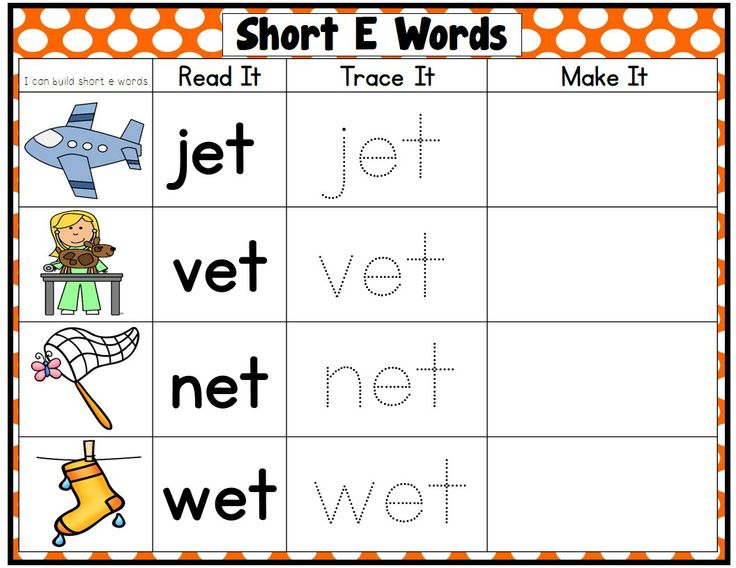
Clouds scattered by the wind (scatter). The clouds are scattered by the wind.
Let us draw the students' attention to the fact that in short passive participles one letter n is written. We will consider this issue in more detail in the next lesson.
Homework
1. §20.
2. Exercise 112.
Phonetic exercises for the pronunciation of English sounds
When learning English, pronunciation becomes a big problem for beginners. Beginners are embarrassed to speak English and do not pay due attention to the phonetics of the language and the correct pronunciation. But this is a fatal mistake, because. It is impossible to practice a language without communication! Therefore, the sooner you start practicing your pronunciation, the faster you will progress in your studies. And if you are embarrassed by your “Russian” accent, then we suggest that you first correct your pronunciation. And special phonetic exercises for the pronunciation of English sounds will help us in this, to which today's material is devoted.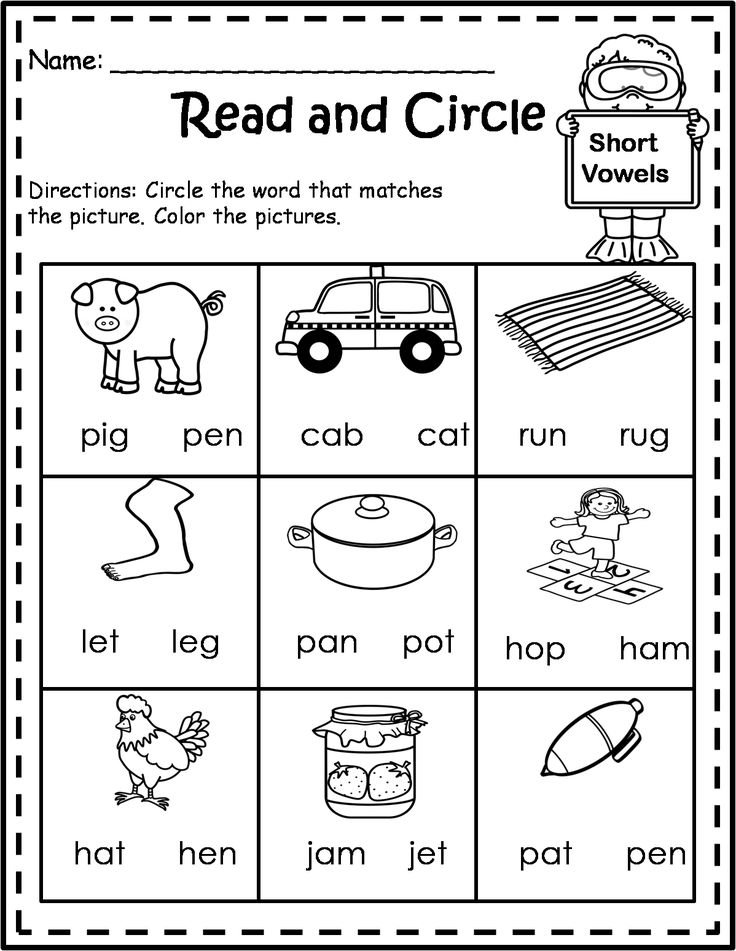 Let's get to work!
Let's get to work!
Content
- General recommendations for the production of English pronunciation
- Articulation of difficult -pronounced English sounds
- Th [ð]
- Th [θ]
- NG [ŋ]
- W [w]
- H [h] H [h]
H [h] H [h] - H [h]
- H [h]
- Phonetic exercises for the pronunciation of English sounds
- Vowels
- Phonetic exercises. Task №2
- Phonetic exercises. Task №3
- Consonants
- Phonetic exercises for consonants. Task #2
- Phonetic exercises for consonants. Task No. 3
- Letter combinations
- Tongue twisters
General recommendations for setting English pronunciation
The phonetics of the English language is very far from our native speech: for 26 letters of the alphabet, the English have 44 sounds, some of which do not even have remote matches In russian language. Therefore, we advise you to immediately abandon all analogies and study the sounds of English from scratch.
First of all, let's note the English articulation. It is characterized by the following features:
- When a word is spoken, the tongue is slightly pulled back and flattened.
- The lips are slightly stretched, and the exhalation of air is sharp and jerky.
- Vowel sounds, depending on the position in the word, can be pronounced long or, conversely, short.
- The clarity of most consonants is achieved by resting the tip of the tongue against the alveoli (upper palate). There are no soft consonants.
These are general English pronunciation rules for beginners. In general, each letter has its own articulation features and we advise you to carefully work with them. You should start by getting to know the alphabet and the sound of individual letters. Then various letter combinations and types of syllables are studied, which also affect the correct pronunciation of the word.
The theory about the rules of pronunciation of English letters with examples and detailed explanations is presented in the adjacent article.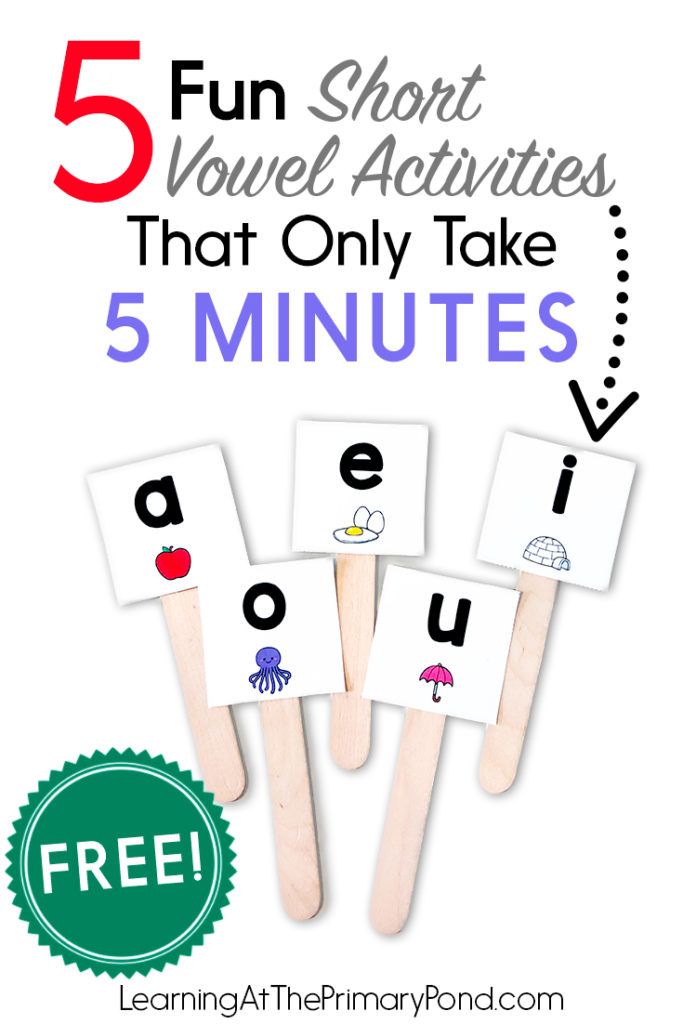 And in this material there is a simplified English phonetics for children with pictures and audio that will attract the attention of the kids and will not let them get bored. Today we are waiting for a small speech gymnastics for complex phonetic situations, and then practical work on all the sounds of the English language.
And in this material there is a simplified English phonetics for children with pictures and audio that will attract the attention of the kids and will not let them get bored. Today we are waiting for a small speech gymnastics for complex phonetic situations, and then practical work on all the sounds of the English language.
Articulation of hard-to-pronounce English sounds
The biggest difficulty for beginners is presented by sounds that never occur in Russian speech at all. For example, th [ð], [θ]; ng [ŋ], w[w], h [h] . The pronunciation of these sounds is already hard to get used to, and, unfortunately, they are often used in popular English words. The recommendations below will help beginners understand how to accurately pronounce the listed sounds and work them out to automatism.
th [ð]
A voiced sound that forms a combination of th. Most often it occurs at the beginning and end of words or in the middle between two vowels.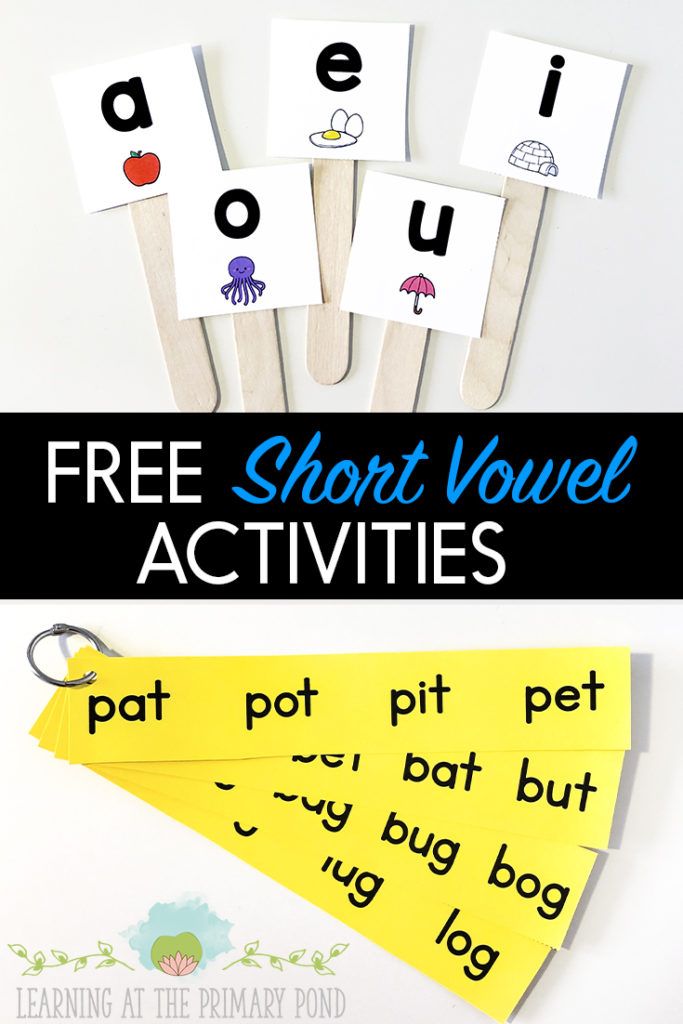 But there is no general rule as such. Only the transcription mark [ð] helps to determine the correct sound, therefore, to set the pronunciation, it is important to be able to work with transcription and know all its signs by heart.
But there is no general rule as such. Only the transcription mark [ð] helps to determine the correct sound, therefore, to set the pronunciation, it is important to be able to work with transcription and know all its signs by heart.
To the ear, the sound [ð] is somewhat reminiscent of the Russian "z", only less clear and drawn out. To achieve the correct sound of the English [ð], it is necessary to hold the tip of the tongue between the teeth, leaving a small gap, and exhale strongly, pronouncing the Russian “З”. At the same time, you will feel a slight tickle of air on your lower lip, and a slight vibration in your throat. As a result, when pronouncing, the effect of a certain lisp will be obtained, and the sound will vaguely resemble the buzzing of a bee.
th [θ]
This icon indicates a dull sound. For its pronunciation, we do everything exactly the same as in the previous paragraph, but instead of "z" we pronounce the Russian "s". It turns out something muffled, vaguely reminiscent of a snake whisper "ssssssssssssssssssssssssssssssss.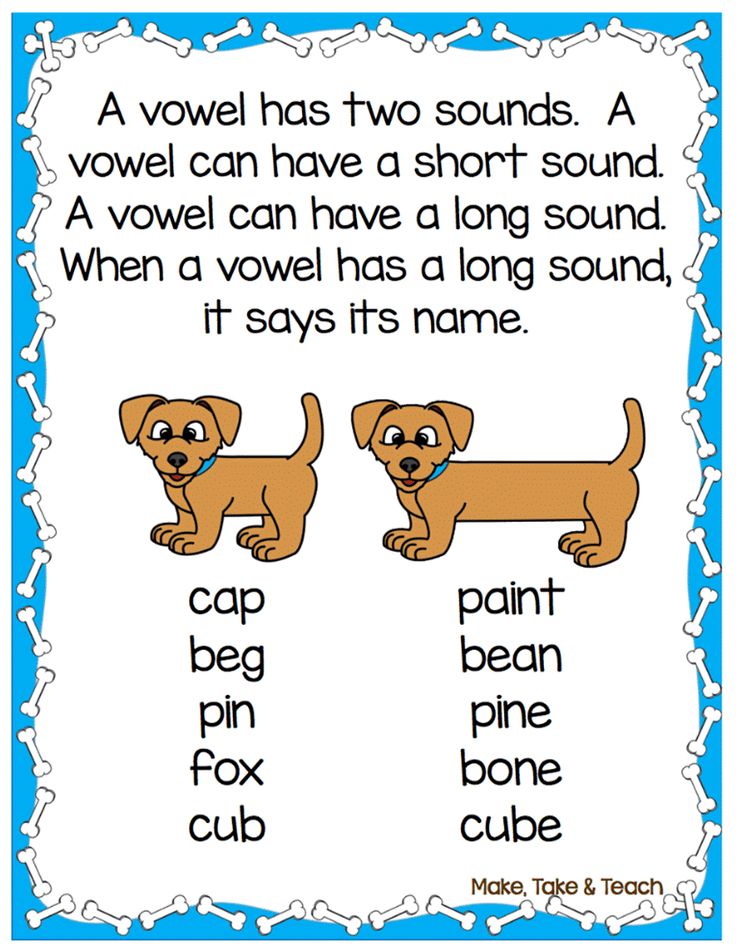 "
"
Practice pronunciation of the letter combination th, alternating between different variants :
- think [θɪŋk], the [ðə], mother [ˈmʌðə(r)], nothing [ˈnʌθɪŋ], weather [ˈrwe], clothes [kləʊðz], fifteenth [ˌfɪfˈtiːnθ].
ng [ŋ]
This letter combination resembles the Russian "n" when it is pronounced by people with a bad cold. When we have a cold, we say “in the nose”, and this is exactly what is needed for the correct English pronunciation [ŋ]. Naturally, we do not call on anyone to get sick on purpose, just learn to pronounce "n" by exhaling air through the nose. If th could be compared with a lisp, then ng is nasal in its purest form.
And some practice words:
- reading [ˈriːdɪŋ], king [kɪŋ], speaking [spiːkɪŋ], interesting [ˈɪntrəstɪŋ], singer [ˈsɪŋə(r)], ring [rɪŋ].
w[w]
Contrary to popular belief, w is not a pronounced "v" at all, but rather a drawn out "y". This is exactly the sound you get if you fold your lips into a tube, exhale sharply and spread your lips into a smile.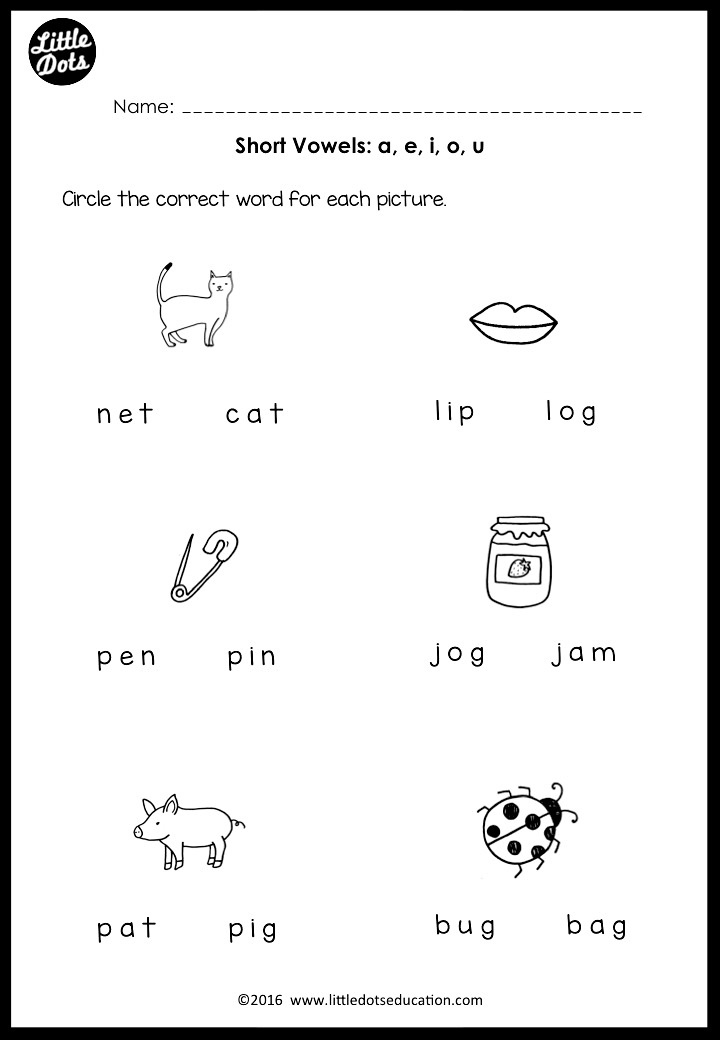 To practice the correct movements, you can take a candle, light it and, pronouncing [w], extinguish the wick with a jet of air. With the correct pronunciation, the sound is powerful enough and the wick immediately goes out.
To practice the correct movements, you can take a candle, light it and, pronouncing [w], extinguish the wick with a jet of air. With the correct pronunciation, the sound is powerful enough and the wick immediately goes out.
Try to practice this way with the words below [ˈtwenty]. A very weak sound [h], which many people confuse with a distinct Russian “х”. In fact, it’s not even a purposeful sound, but just a light exhalation. We say something similar when we breathe into our hands, trying to warm them in the bitter cold. It is very easy to learn such a sound, because it is enough just to exhale for a long time. Practice "warming up" on the following words: So, we have once again analyzed the most difficult cases in English phonetics, and we are ready to do practical exercises in English for the pronunciation of all sounds. In this section, we present to your attention small tasks that will help you practice English pronunciation to automaticity. Let's start with individual sounds, and then move on to letter combinations and mixed words. Task №1. Read the words, checking your pronunciation against the transcription and pronunciation. Do the English vowel tasks. 1. [Laɪf] 2. [mæn] 3. [deɪ] 4. [wi] 5. [ˈhaɪə] 22222 6. [PAɪ] 7. [LEɪT] 8. [təˈmɑːtəʊ] [SMAɪL] 10. [Fʌn] 9000 h [h]
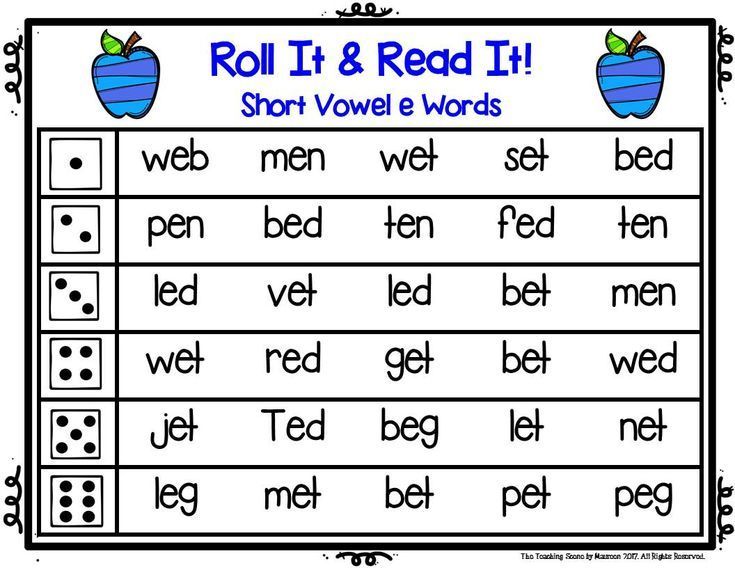 The tasks are selected for beginners, so they should not cause any particular difficulties.
The tasks are selected for beginners, so they should not cause any particular difficulties. Phonetic exercises for the pronunciation of English sounds
Vowels
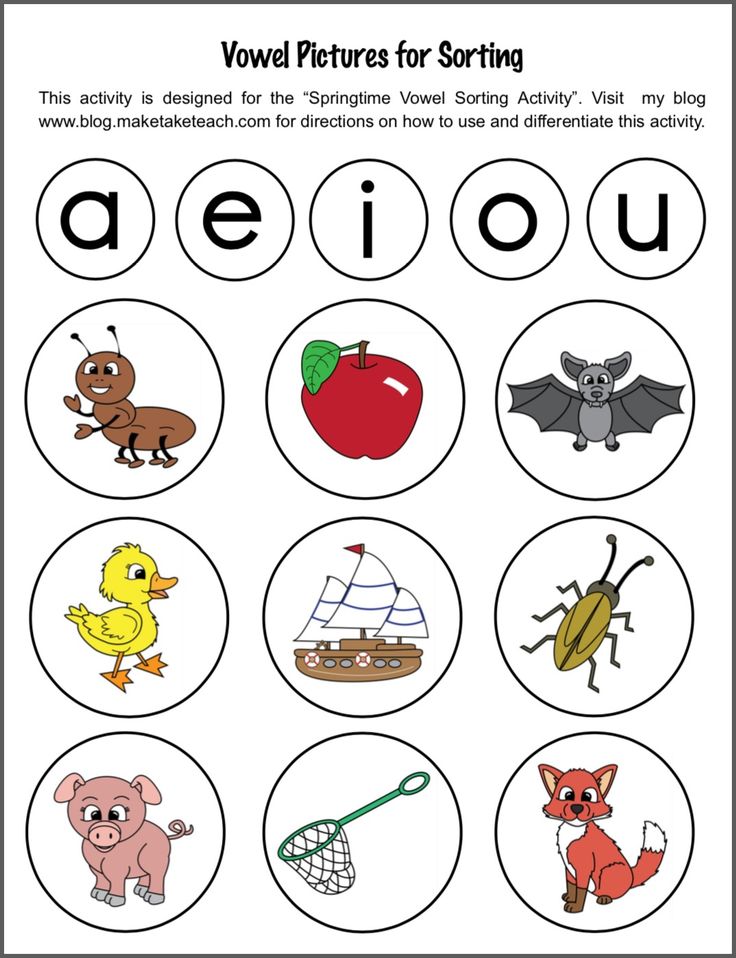
Agreed
No. 1. Read the words, checking your pronunciation with the transcription and sound.
2.
[əˈnʌðə (r)]
3.
[dʒəʊk]
4.
[ˈsen.tər]
5.
[ədˈvaɪz]
6.
[ˈSʌMə ( ]]
7.
[ˈɒfn]
8.
[ˈkwɒləti]
9. №1: Read the words, checking your pronunciation of vowel combinations and diphthongs with transcription.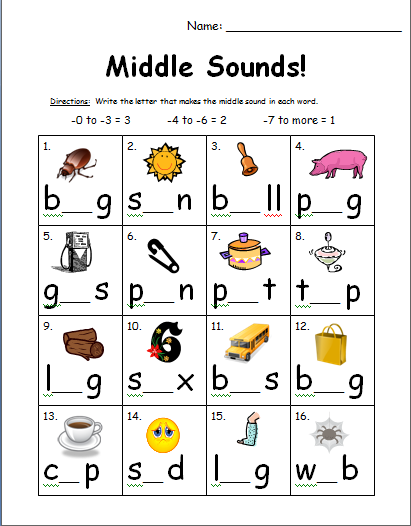
Task №2: Read the words, checking your pronunciation of consonant letter combinations with the transcription.
Tongue twisters
We hope that you easily coped with all the tasks and did not make mistakes. And at the end of our today's lesson, we offer a little work with tongue twisters.
Tongue twisters are a very effective method for establishing clear diction, as well as excellent phonetic exercises for the correct pronunciation of English sounds with children. Quick phrases in which you need to be able not to get confused cause excitement and delight among the children. Therefore, with the tongue twisters below, English children will definitely not be bored in class.
- Jill helped Ted,
Ted Tim helped,
Tim helped Jim,
And Jim helped Jill.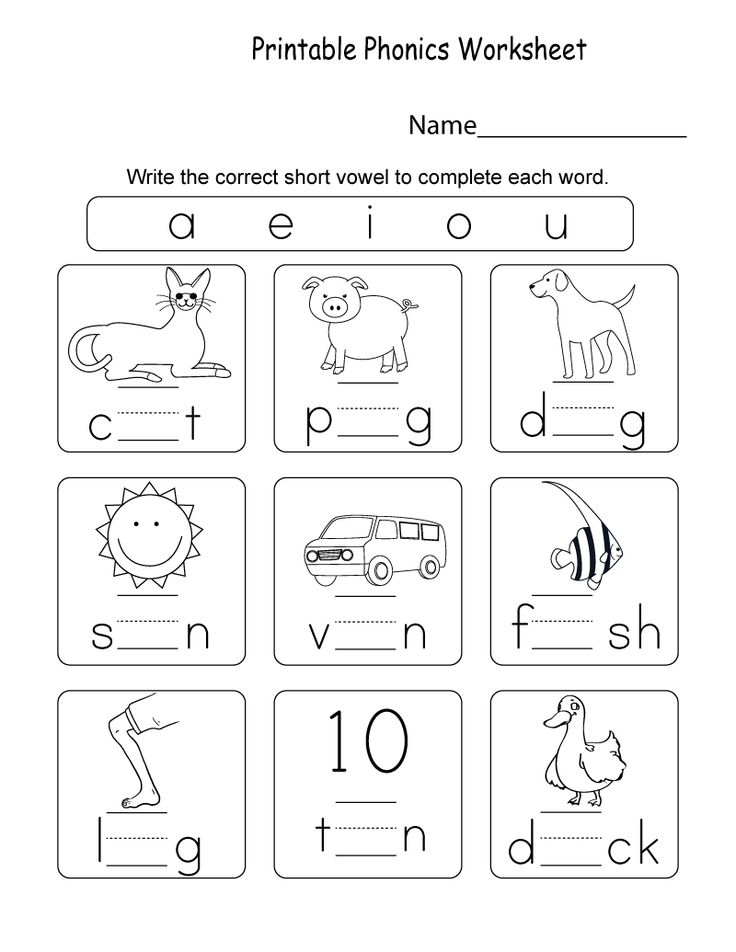
- Missis King is bringing something pink for Mister King to drink.
- The black cat sat on a mat and ate a fat rat.
- Whether the weather be fine
Or whether the weather be not.
Whether the weather be cold
Or whether the weather be not.
We'll weather the weather
Whatever the weather
Whether we like it or not.
- A big black bug bit a big black bear, a big black bear bit a big black bug.
- Thirty-three thousand people think that Thursday is their thirtieth birthday.
- Peter Piper picked a peck of pickled peppers.
A peck of pickled peppers Peter Piper picked.
If Peter Piper picked a peck of pickled peppers,
Where’s the peck of pickled peppers Peter Piper picked?
- She sells seashells on the seashore, the shells that she sells are seashells, I'm sure. (more about the tongue twister).
- William always wears a very warm white vest in winter.
